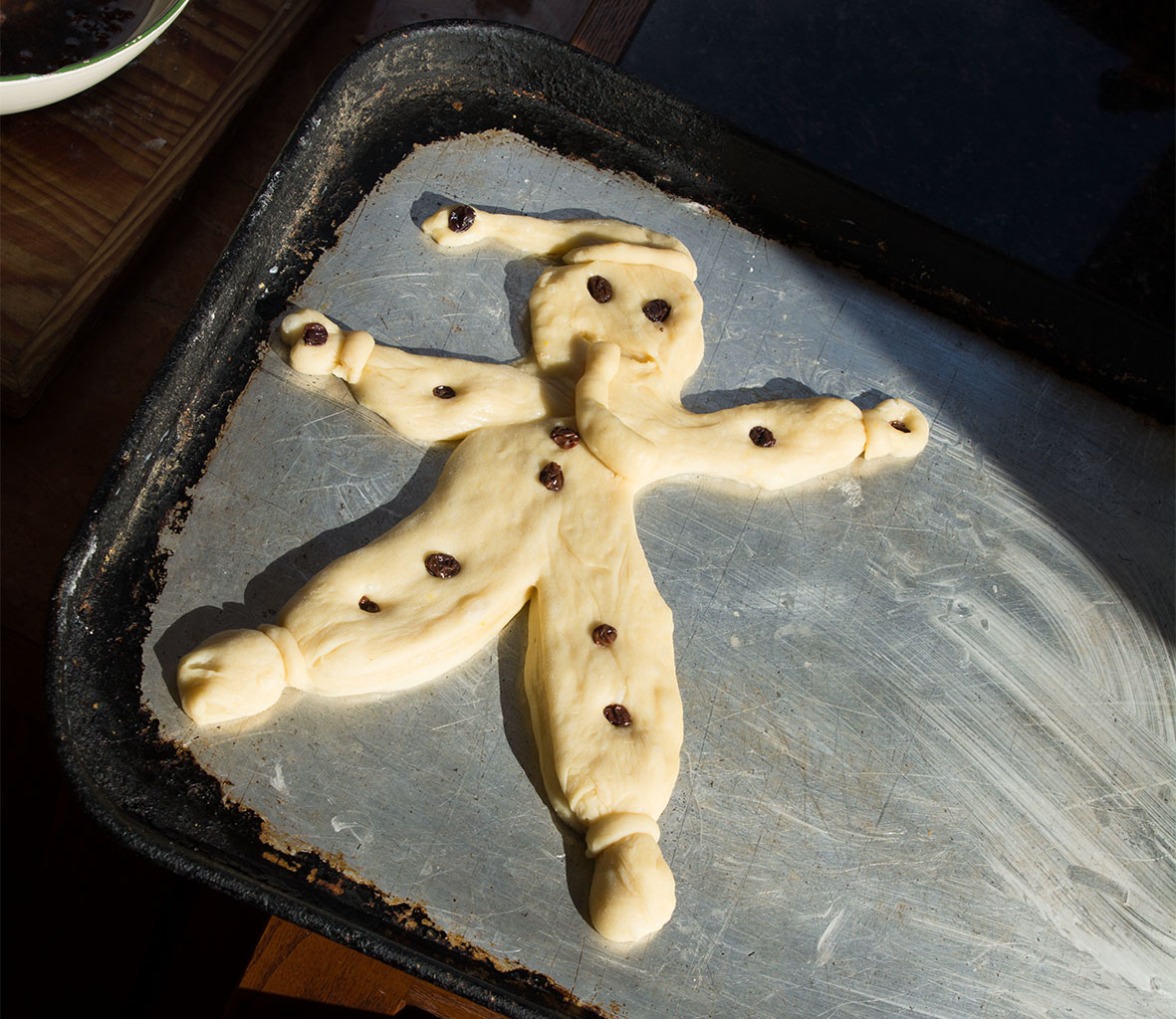
“On the morning of November 11 I [Colonel Thomas Gowenlock] sat in my dugout in Le Gros Faux, which was again our division headquarters, talking to our Chief of Staff, Colonel John Greely, and Lieutenant Colonel Paul Peabody, our G-1. A signal corps officer entered and handed us the following message:
| Official Radio from Paris – 6:01 A.M., Nov. 11, 1918. Marshal Foch to the Commander-in-Chief.1. Hostilities will be stopped on the entire front beginning at 11 o’clock, November 11th (French hour). 2. The Allied troops will not go beyond the line reached at that hour on that date until further orders. |
| [signed] MARSHAL FOCH 5:45 A.M. |
Almost all the leaves lie at the feet of the oaks and maples, and the azure skyline juts over the tops of the bare branches. Blood-red mercury hovers at 32 F on the thermometer and matches the red of the morning sun. Winter arrived with a little stealth and it’s clearly time for cooking soups and stews and all the other dishes we associate with winter, dishes that mostly originated in the kitchens of Europe.
It’s November 11, known as Armistice Day in Europe and Veterans’ Day here in America. And what isn’t surprising is that by choosing the eleventh hour of the eleventh day of the eleventh month*, the Allies who sought the end of World War I revealed their heritage, seeped in the Catholicism that, for all practical purposes, built European civilization once Rome fell.
But other wars and conflicts also ended with treaties signed on this significant day.**
Not only was the Treaty of Versailles signed in 1918 in a railroad car at the eleventh hour, the day – the eleventh of November – marked an important saint’s day, the day of St. Martin of Tours***, Bishop of Tours and patron of soldiers, beggars, vintners, and innkeepers, as well as geese. Traditionally thought of as the first day of winter and the beginning of Advent penitential rites, St. Martin’s Day – also called Martinmas or Martinstag – became the day when farmers slaughtered animals. Great feasts took place while the peasants began curing meat for winter. An old English saying refers to this slaughter: “His Martinmas will come to him as it does to every hog,” meaning that someone will surely have his comeuppance for misdeeds.
St. Martin’s Day, a harvest feast since it coincides with the production of new wine, meant that people associated certain foods, too, with his day. One fowl almost always eaten was goose, likely because of an apocryphal story that Martin did not wish to be Bishop of Tours and so he crouched down amongst a gaggle of geese, who honked and betrayed his hiding place to those looking for him to become their bishop! Since these people were apparently carrying torches, one might forgive Martin for hiding!

However, the most interesting food linked to St. Martin’s Day is bread baked in human form, long a tradition with many feasts and celebration, and probably a manifestation of earlier human sacrificial practices.
Feasting often began at the eleventh hour.
And old superstitions had it that a person standing at the back of the church at Mass on St. Martin’s Day could see halos appear around the heads of the people who will die before the next Martinmas.
________________
*Matthew 20:6 refers to the eleventh hour. Other treaties signed on the same day before 1918 include the following:
**Treaty of Granada – 1500 – Louis XII of France and Ferdinand II of Aragon divided the Kingdom of Naples between them
Treaty of Zstiva-Torok – 1606 – Turkey and Austria
Canandaigua Treaty – 1794
Treaty of Sinchula – 1865 – Bhutan ceded lands east of the Teesta River to the British East India Company

*** St. Martin came into the world as the son of a Roman soldier in what is now Hungary, ca. 316. At the age of ten, Martin wished to become a Christian, but his father refused. Martin became a soldier at the age of fifteen and spent most of his life in France, eventually becoming a priest and then Bishop of Tours. Clovis of the Franks took St. Martin as his patron in the sixth century and observance of the day began in France.
© 2013 C. Bertelsen
wildsherkin, thank you. Ten Hail Marys ought to do it!
Thank you for sharing this information – I never realised the significance of 11/11 or St Martin. Tsk, tsk, and I’m Catholic as well…..:)
Ten Hail Marys for me.
Wonderful, thank you!
Hi Cynthia, I was so impressed by your essay that I “ran with it” in an essay (on our CSA farm blog), with full credit to you!!!! You are one of the blogs we follow at the farm. Here’s what I did with it–I really hope you don’t mind! http://fromthefurrows.blogspot.com/2013/11/armisticeveterans-day-eleventh-hour-st.html
Wow, this is really fascinating! Not being Catholic, I had no idea of the connection b/tw Armistice Day and St. Martin of Tours. Thank you so much. I also love the link to older traditions, like bread baked in human form, or the phrase “the eleventh hour”. Lots of food for thought.